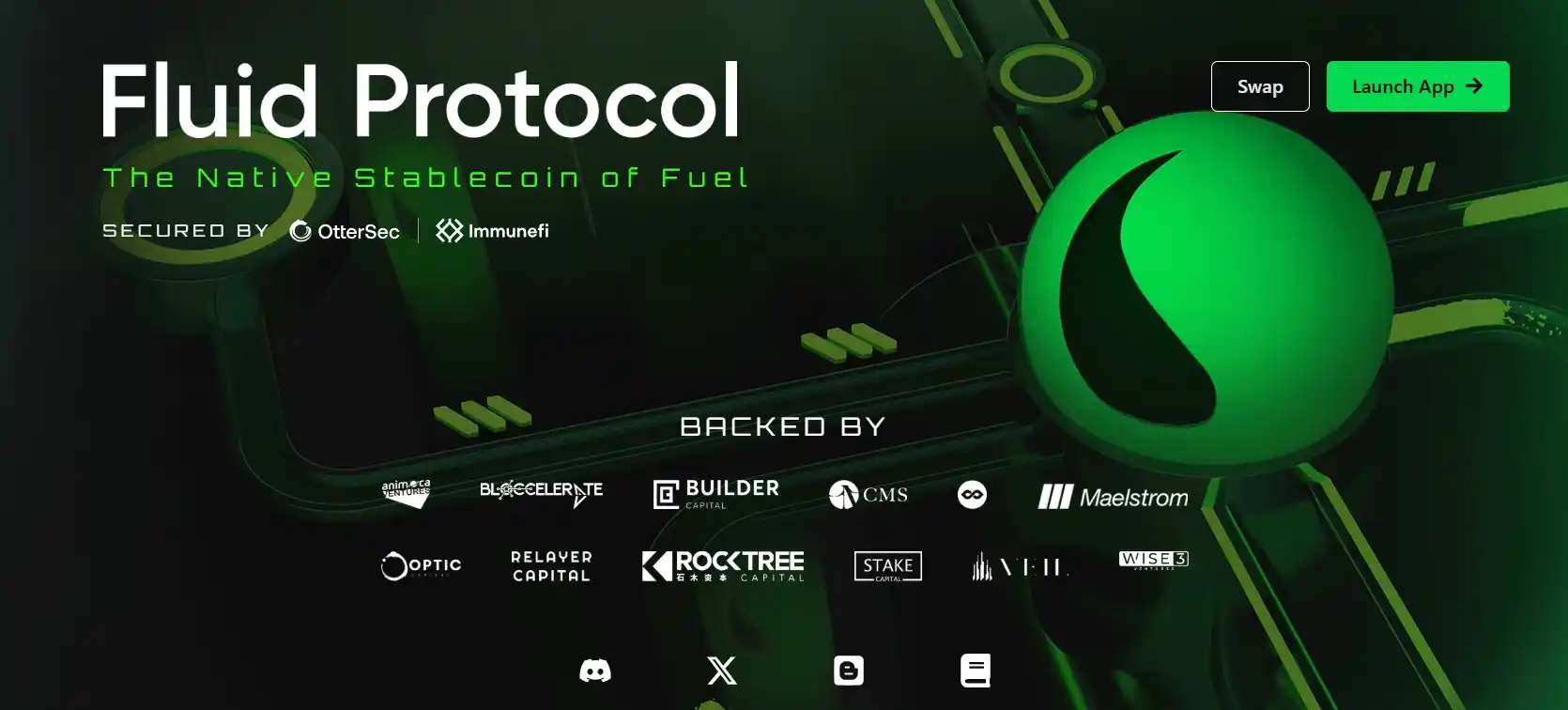The DeFi sector continues to evolve, offering users new tools for effective asset management. One such solution is Fluid Protocol — an innovative protocol focused on liquidity optimization and providing flexible lending opportunities. The platform combines advanced blockchain technologies with staking mechanisms, allowing ecosystem participants to maximize yields with minimal risks.
Contents:
- What is Fluid Protocol?
- Architecture and technological foundation
- Key features and capabilities
- Advantages over competitors
- Project roadmap and development
- Conclusion
What is Fluid Protocol?
Fluid Protocol is a decentralized platform designed to enhance liquidity efficiency in DeFi. Unlike traditional lending protocols, it offers dynamic resource allocation mechanisms that reduce costs and increase user profitability.
The project focuses on three key objectives: providing instant loans, optimizing staking, and automatically reallocating assets between liquidity pools. This allows participants to earn passive income without constant market monitoring.
Fluid Protocol supports multiple blockchains, expanding accessibility for users across different ecosystems. Integration with popular wallets and exchanges ensures seamless platform interaction.
Architecture and technological foundation
Fluid Protocol is built on cutting-edge technology ensuring high performance and security. Unlike many traditional DeFi solutions, the protocol employs a modular approach that adapts flexibly to market changes.
Key system components include:
- Solidity smart contracts — ensure reliable intermediary-free operations
- Decentralized oracles — provide real-time market data
- Dynamic pricing algorithms — automatically adjust rates based on demand
- Multi-chain bridges — enable cross-blockchain interoperability
- DAO module — enables community governance
This architecture ensures stable operation even under heavy load. Particular attention is paid to security — all components undergo regular independent audits. Wallet integration makes the platform user-friendly for all experience levels.
Key features and capabilities
In today's DeFi landscape, users need comprehensive asset management solutions. This protocol offers a unique toolkit combining accessibility for beginners with professional features for experienced investors.
Comparison table of key capabilities:
| Functionality | Technical implementation | User benefits |
|---|---|---|
| Credit lines | Smart contracts with dynamic LTV | Instant loans without KYC |
| Auto-staking | APY optimization algorithms | Passive income with auto-rebalancing |
| Cross-chain operations | Integration with LayerZero and Axelar bridges | Unified interface for multi-chain assets |
| Decentralized governance | Token-based DAO voting | Direct participation in ecosystem development |
These features incorporate the latest DeFi market trends, delivering competitive advantages. The hybrid security model combining code audits and insurance funds deserves special mention. Integration with analytics services enables real-time investment strategy tracking.
Advantages over competitors
In the crowded DeFi solutions market, this protocol stands out through unique technological approaches and user-centric design. Its key competitive advantage is the hybrid liquidity model combining algorithmic pool management with deposit protection mechanisms. Unlike alternatives, the system offers adaptive interest rates that automatically adjust to market conditions and capital utilization.
The security approach is particularly noteworthy — beyond standard smart contract audits, it implements multi-layered protection including reserve funds and threat response mechanisms. Users benefit not just from higher yields but significantly reduced risk of fund loss. Cross-chain functionality eliminates the need for third-party bridges when working with assets across different blockchains.
Project roadmap and development
The ecosystem continues active development, offering users new digital asset monetization pathways. Major upcoming updates will strengthen the protocol's position in competitive DeFi environment.
Key development directions include:
- Real World Assets (RWA) integration
- Native liquid staking platform launch
- Expansion of supported blockchain networks
These initiatives will attract institutional investors. Special emphasis is placed on regulatory compliance, creating additional growth opportunities. Ongoing work focuses on UX improvements and gas fee optimization.
Conclusion
Fluid Protocol represents a promising DeFi solution combining advanced technologies, flexible lending mechanisms and cross-chain compatibility. Its modular architecture, automated staking strategies and decentralized governance appeal to both beginners and experienced users. With upcoming RWA integration and feature expansion, the protocol may become an industry leader offering secure, profitable asset management tools.





